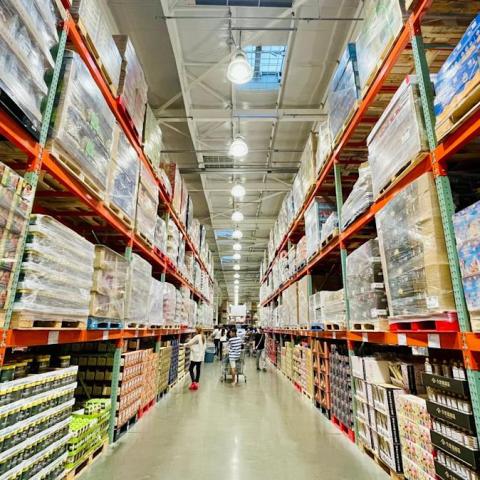Food and nutrition have been on my mind a lot lately. I’m in the final stretch of pregnancy, and my appetite has shot up. With my little one gaining almost half a pound each week, I feel the need to eat well—not just for myself, but for him too. After all, I want him to be healthy and strong.
My weekly trips to the farmers market have turned into a highlight of my routine. It’s filled with fresh, delicious foods and even some cute dogs. But my excitement was dampened when I read about a food pantry opening at Portland High School. The executive director of the Locker Project, which helps fight food insecurity, shared that many parents rely on the pantry to get fruits and vegetables. It made me angry. In a wealthy country like ours, how is this acceptable?
Food insecurity is a real issue—one in five children in Maine face hunger, the highest rate in New England. With maternal instincts kicking in, I can’t help but think about these kids as babies who need good nutrition to thrive. It affects their future, and that pains me.
I also came across an article about how China has stopped buying American soybeans due to ongoing trade issues. This situation could spell trouble for farmers in the Midwest. Many people picture farms as idyllic places filled with crops and animals, but the reality is far more complex.
Farm subsidies, which started in 1933, contribute an average of 13.5% of farmers’ income. While some argue that we should support our food producers, most subsidies go toward crops like corn, soybeans, and cotton—most of which aren’t suitable for direct human consumption. Corn and soy are primarily used for animal feed, fuel, and sugar substitutes.
Data from the USDA shows a stark inequality. Around 69% of farms making over $100,000 a year receive subsidies, while only 23% of farms making less do. This disparity raises questions about who really benefits from these financial supports. Meanwhile, programs like the Local Food for Schools initiative, which helped schools buy local produce, have been scrapped. It feels disheartening that the focus seems to be on enriching a few rather than ensuring children get the nutritious food they need.
In today’s world, while kids can access unhealthy snacks laden with cheap ingredients, good fruits and vegetables remain out of reach for many families. The cycle of inequality continues, and I hope we see change soon. Maybe one day, we’ll allocate our resources in a way that truly supports everyone’s well-being, especially for our kids.
For further insights on food insecurity, check out the [USDA report on food assistance programs](https://www.usda.gov/topics/food-assistance) to understand the stats and impacts better.


















:max_bytes(150000):strip_icc()/Health-GettyImages-1170355324-fa0e9ca75b784ec3932df639108ccd2d.jpg?w=480&resize=480,480&ssl=1)
